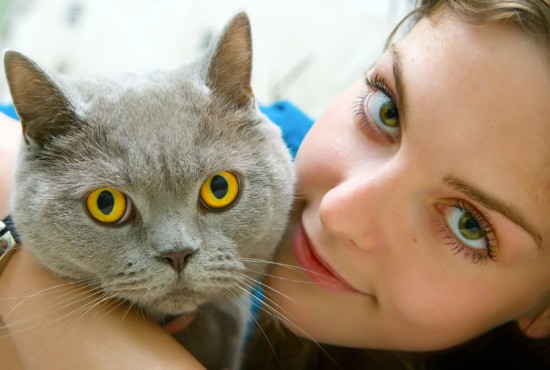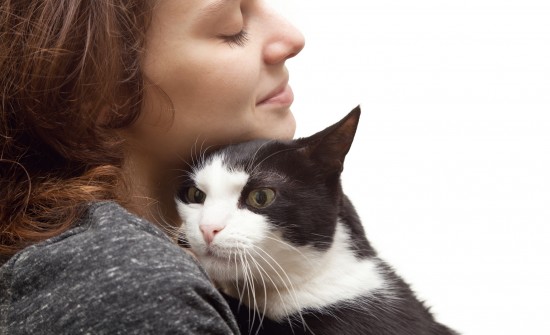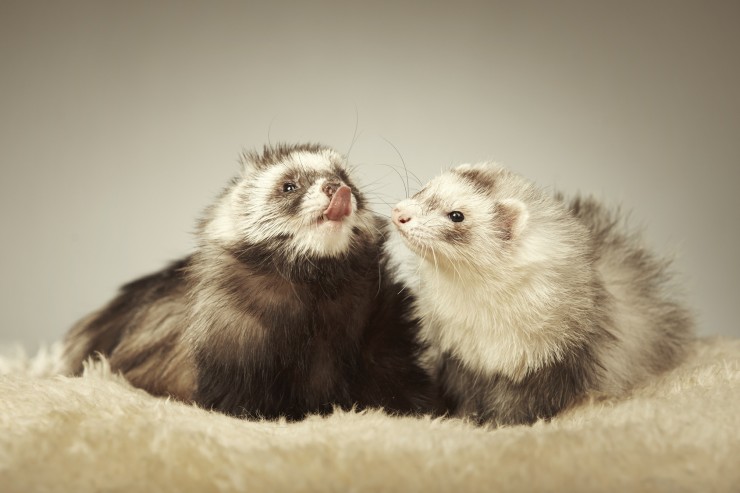Little is known about the true origins of the Russian Blue cat. Some think Russian Blues are a natural breed originating in the Archangel Isles in northern Russia. It is thought Russian Blues were brought to England and northern Europe in the 1860s. What is known is that Russian Blues were first shown at the Crystal Palace in England in 1875 in competition, but were not recognized as a separate class of cat until 1912. Though Russian Blues were brought to American in the early 1900s, interest in the breed did not develop until after World War II.
Russian Blues have striking green eyes and an expression that makes it look as if they are always smiling. They have a solid slivery blue coat that is short and thick and feels silky. In fact, it is this legendary silkiness that caused Russian Blues to be hunted for the fur at one point. Some Russian Blues are born with 'ghost stripes' that fade by adulthood.
Their coats do not require much grooming, though Russian Blues do enjoy being groomed by their human companions. Described as shy (especially around strangers), Russian Blues are still excellent pets especially for people and families with busy lifestyles. Russian Blues do not require or crave much human contact and are able to entertain themselves for hours at a time. However, they are affectionate and loyal towards their families. In fact, Russian Blues have been described as sensitive to their families and will try to lighten up the mood of the house by entertaining those around if necessary. They are good with children and other family pets, but do startle easily and prefer to be handle gently. Russian Blues are prone to obesity so it is important to monitor their diet.
There is a website that has great information on Russian Blue and most other breeds of cats. It has details that pertain to a cat breeds health, grooming, living conditions, best food choices and more, the website is called: Dog And Cat Facts, and can be found at this url:
http://www.dogandcatfacts.com
By Robert W. Benjamin
Copyright © 2006
You may publish this article in your ezine, newsletter on your web site as long as it is reprinted in its entirety and without modification except for formatting needs or grammar corrections.

 Acquiring A New Cat Or Kitten
Acquiring A New C
Acquiring A New Cat Or Kitten
Acquiring A New C
 Seven Questions To Ask Yourself Before You Give Your Dog A Treat
Seven Questions T
Seven Questions To Ask Yourself Before You Give Your Dog A Treat
Seven Questions T
 Ten Uncommon Dog Breeds You Might Not Have Heard Of
Ten Uncommon Dog
Ten Uncommon Dog Breeds You Might Not Have Heard Of
Ten Uncommon Dog
 How Happy Is Your Cat About Being Cuddled?
How Happy Is Your
How Happy Is Your Cat About Being Cuddled?
How Happy Is Your
 What You Need To Know About Ferrets And Coat Shedding
What You Need To
What You Need To Know About Ferrets And Coat Shedding
What You Need To